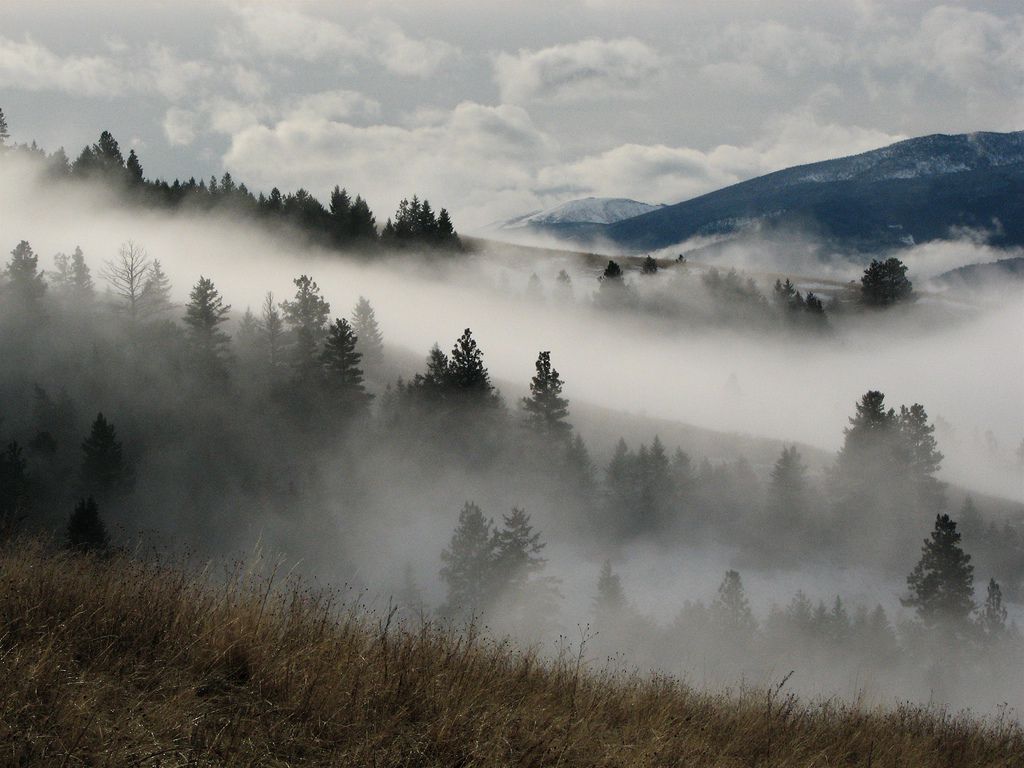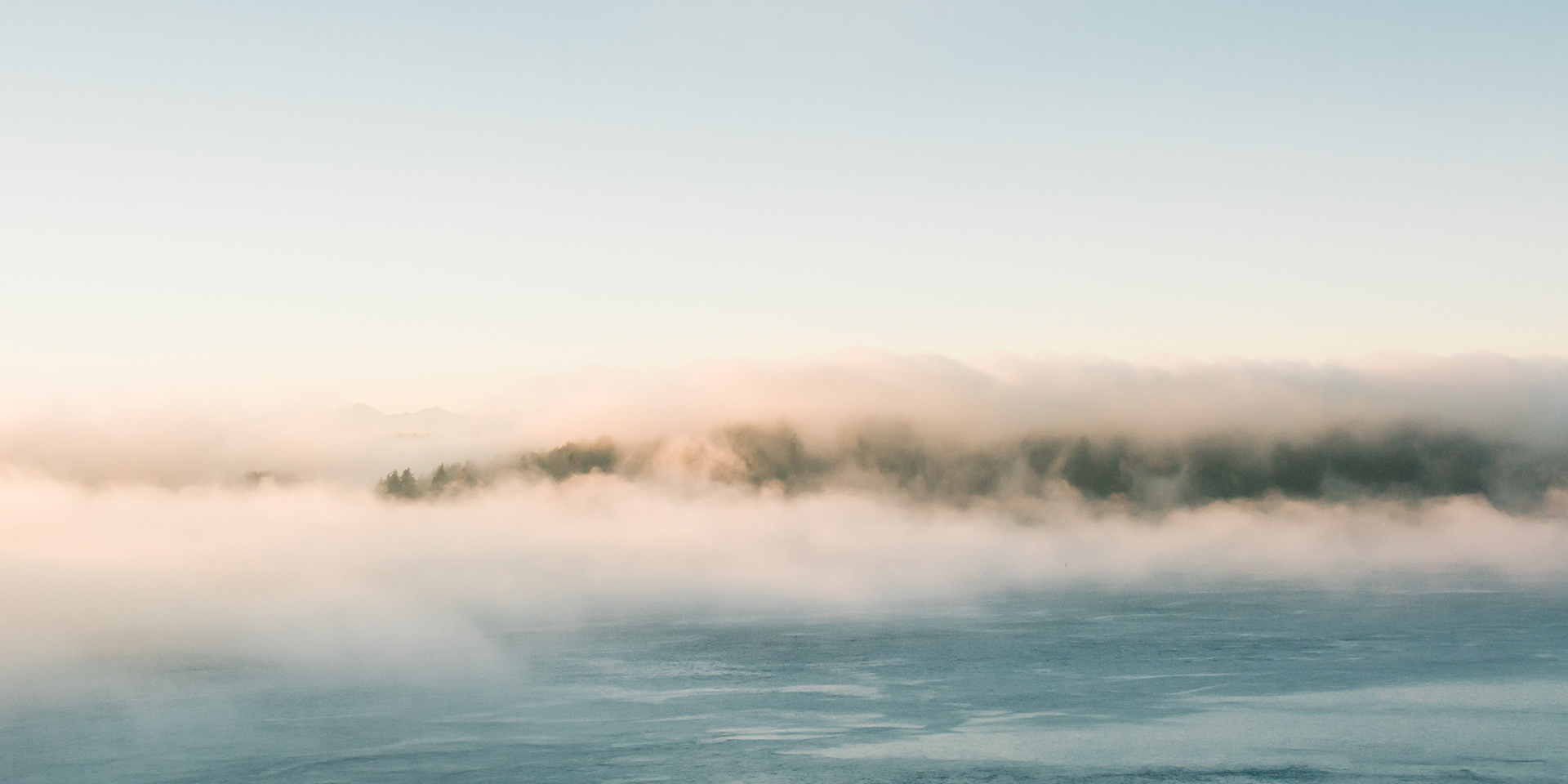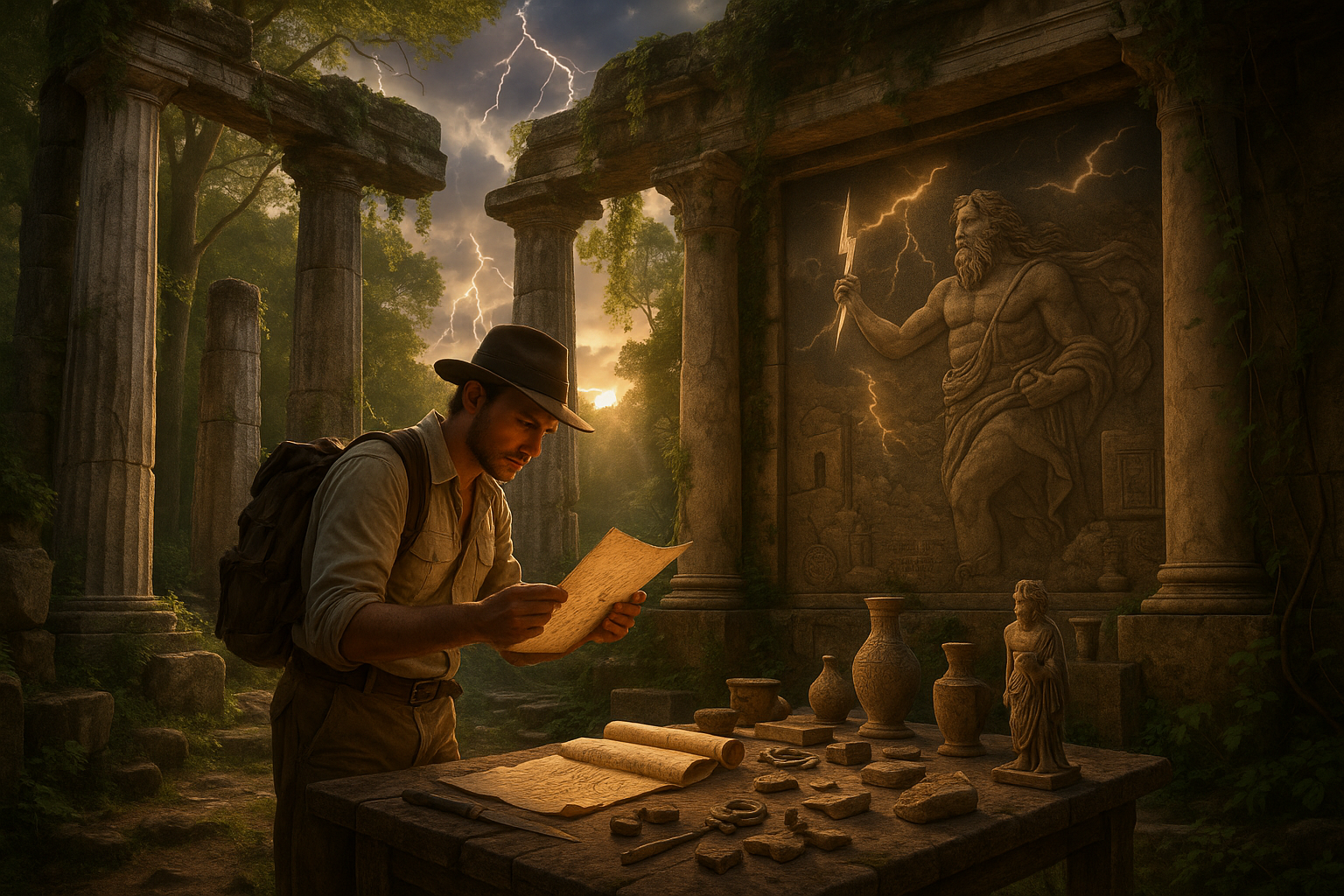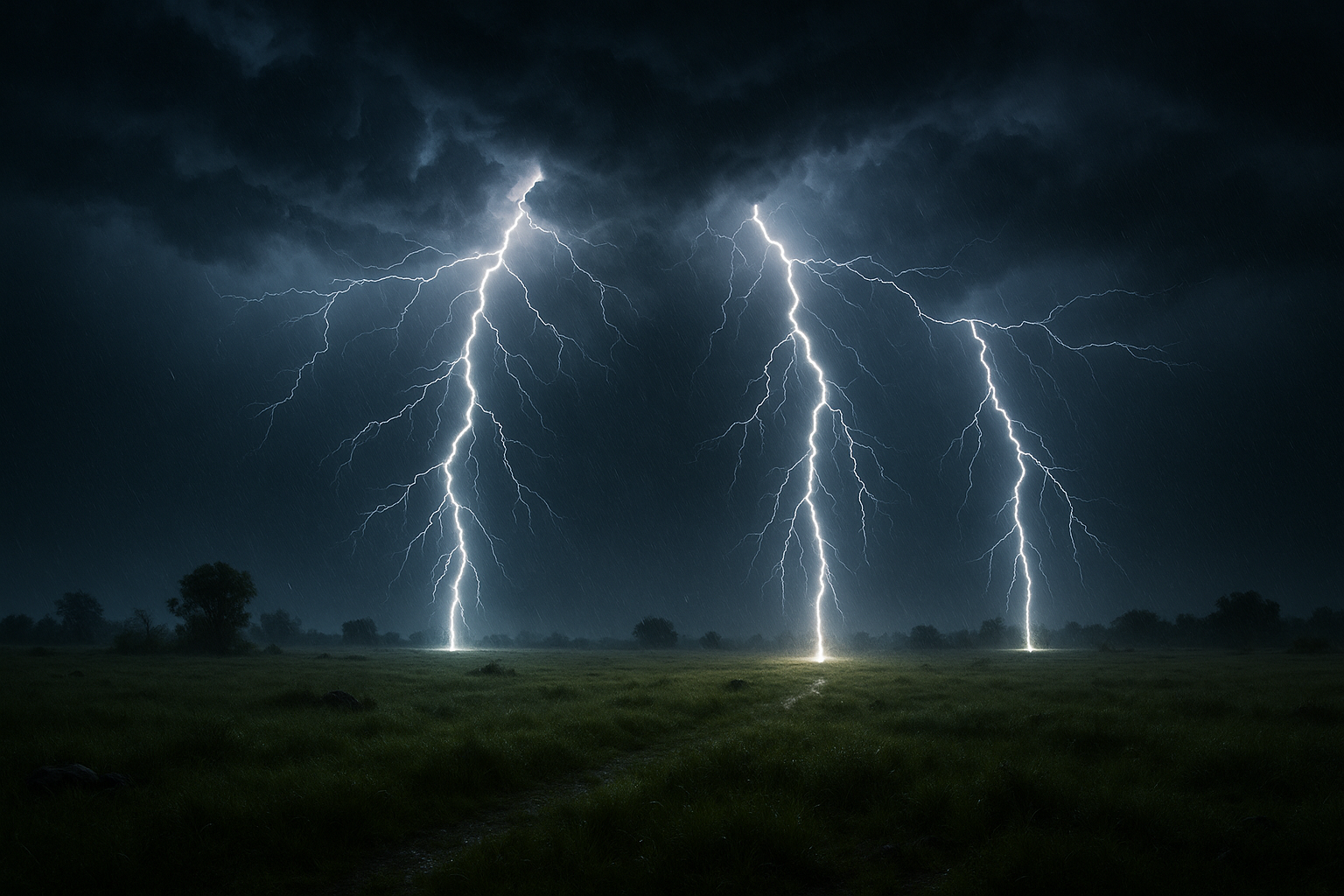In the serene whispers of dawn, when the world is still draped in the gentle embrace of night, there exists a fleeting moment where magic weaves itself into the fabric of reality. This enchanting window, often graced by the soft, ethereal presence of low-lying fog, transforms ordinary landscapes into dreamscapes, where dunes appear to float amidst the mist. Welcome to the captivating world of low-fog dune photography, where the interplay of light, shadow, and fog creates an almost surreal tableau that beckons photographers to capture its ephemeral beauty. This article will unravel the secrets behind capturing such enchanting vistas, offering both seasoned photographers and enthusiastic novices a glimpse into techniques that can elevate their landscape photography to new, dreamlike heights. 📸
As we journey through this artistic realm, we will explore the symbiotic relationship between fog and dunes, delving into how this partnership can be harnessed to create images that are not only visually stunning but also evocative of emotion and wonder. Our exploration will guide you through the essential technical considerations, such as camera settings, lens choices, and compositional strategies, that are pivotal in seizing the perfect shot amidst the delicate dance of fog and sand. Moreover, we’ll touch on the crucial role of timing and patience, revealing how the early hours of the day can be your greatest ally in capturing the transient beauty of low fog as it weaves through the undulating landscape. ⏰
But beyond the technical aspects, this article invites you to embrace the philosophy and mindset of a landscape photographer who sees beyond the immediate and taps into the poetic potential of nature. We will discuss how to cultivate an intuitive connection with the environment, encouraging you to see beyond the lens and into the heart of the landscape itself. As you read on, prepare to embark on a photographic odyssey that not only equips you with practical skills but also inspires a deeper appreciation for the delicate interplay of nature’s elements, inviting you to capture not just an image, but a moment—a slice of the sublime. 🌅
The Enchantment of Low-Fog Dunes
Low-fog dune photography is a captivating genre that captures the mystical beauty of nature. The dunes, often shrouded in a gentle mist, present photographers with a surreal and dreamlike landscape. The fog acts as a natural softener, blending the edges of dunes and creating a canvas where light and shadow dance in harmony. This genre is not just about snapping pictures but about capturing moments that evoke emotions and tell a story.
Photographers venturing into this realm must harness their technical skills and artistic vision to frame shots that highlight the ethereal beauty of fog-laden dunes. The interplay of light and mist provides a dynamic setting, changing from moment to moment. As the sun rises or sets, the light transforms the fog, offering photographers a plethora of opportunities to capture unique and breathtaking images.
However, capturing such enchanting scenes requires more than just a camera. It demands patience, timing, and an understanding of the natural elements at play. Photographers must be prepared to adapt quickly to the ever-changing conditions, often spending hours in a single location to get the perfect shot. The reward, though, is an image that transports the viewer to a magical world, where nature and imagination intertwine seamlessly.
Understanding the Role of Light in Fog Photography
The interaction between light and fog is the cornerstone of low-fog dune photography. The fog acts as a diffuser, softening the sunlight and creating a gentle glow that envelops the landscape. This effect can transform an ordinary scene into something extraordinary, adding depth and dimension to the photograph.
Photographers must pay close attention to the direction and intensity of the light. Early morning and late afternoon are often the best times to shoot, as the low angle of the sun creates long shadows and highlights the textures of the dunes. The soft, golden light during these times enhances the ethereal quality of the fog, making the scene even more magical.
Additionally, the color temperature of the light can significantly impact the mood of the photograph. Warm tones can evoke a sense of warmth and serenity, while cooler tones may lend an air of mystery and intrigue. By adjusting their camera settings and using filters, photographers can manipulate the color palette to suit their artistic vision, creating images that resonate with viewers on a deeper level.
The Equipment Essentials for Capturing Foggy Dunes
Equipping yourself with the right tools is crucial for successful low-fog dune photography. A quality DSLR or mirrorless camera with manual settings is essential, allowing photographers to have full control over exposure, aperture, and shutter speed. A tripod is also indispensable, as it provides stability and enables longer exposure times, crucial for capturing the subtle nuances of fog and light.
Lenses play a pivotal role in this genre as well. Wide-angle lenses are often preferred for their ability to capture expansive landscapes, allowing the photographer to convey the vastness and scale of the dunes. Telephoto lenses, on the other hand, can be used to isolate specific details or compress the perspective, adding variety to the portfolio.
Beyond the basics, photographers may also consider using filters, such as polarizers or graduated neutral density filters, to enhance the contrast and balance the exposure. These tools can help manage the dynamic range of the scene, particularly when shooting during sunrise or sunset when the light can be challenging to handle.
Techniques for Enhancing the Dreamy Effect
Creating a dreamy effect in low-fog dune photography involves a combination of techniques that enhance the natural beauty of the scene. One effective method is the use of long exposures, which can smooth out any movement in the fog and create a serene, almost ethereal atmosphere. By slowing down the shutter speed, photographers can capture the gentle flow of the mist as it weaves through the dunes.
Another technique is to play with depth of field. By using a wide aperture, photographers can isolate their subject from the background, making the dunes appear more prominent against the soft, diffused light of the fog. This selective focus can draw the viewer’s eye to specific details, creating a sense of intimacy and connection with the landscape.
Post-processing also plays a significant role in achieving the desired dreamy effect. Adjustments in contrast, brightness, and saturation can enhance the mood and tone of the photograph. Photographers often use software like Adobe Lightroom or Photoshop to fine-tune their images, ensuring that the final result reflects their artistic vision.
Embracing Imperfection in Nature
In low-fog dune photography, embracing imperfection can lead to stunning results. The unpredictable nature of fog means that no two shots will ever be the same. Photographers must be open to the unexpected and willing to experiment with different compositions and settings. This willingness to adapt and embrace the natural chaos of the scene often leads to the most authentic and captivating images.
Moreover, imperfections such as lens flare or light leaks can add character to a photograph, enhancing its dreamlike quality. Instead of viewing these as mistakes, photographers can use them to their advantage, incorporating them into the overall composition to create unique and memorable images.
By approaching each shoot with an open mind and a sense of adventure, photographers can unlock the full potential of low-fog dune photography. The magic lies in the ability to see beauty in the unexpected and to capture moments that resonate with the soul.
Exploring New Perspectives
Low-fog dune photography offers endless opportunities for creativity and exploration. By experimenting with different angles and perspectives, photographers can discover new ways to interpret and represent the landscape. Shooting from a low angle, for example, can emphasize the height and grandeur of the dunes, while a bird’s-eye view can provide a unique and captivating perspective.
Drone photography has also become increasingly popular in this genre, allowing photographers to capture stunning aerial shots that showcase the full scale and beauty of the dunes. With a drone, photographers can explore areas that would otherwise be inaccessible, uncovering hidden patterns and shapes formed by the fog and sand.
By continually pushing the boundaries and seeking out new perspectives, photographers can keep their work fresh and exciting. Each shoot becomes an opportunity to learn and grow, to see the world through a new lens, and to share their unique vision with others.
Planning the Perfect Low-Fog Shoot
Successful low-fog dune photography requires careful planning and preparation. Understanding the weather patterns and fog conditions in the area is crucial, as this will determine the best times to shoot. Photographers often rely on weather apps and forecasts to monitor fog levels and plan their outings accordingly.
Location scouting is another essential component of planning a successful shoot. By visiting potential sites in advance, photographers can familiarize themselves with the landscape, identify potential compositions, and plan their approach. This groundwork can save valuable time and increase the chances of capturing the perfect shot.
Timing is also critical in low-fog photography. The window of opportunity to capture the perfect light and fog conditions can be brief, so photographers must be ready to act quickly. Arriving at the location well before sunrise or sunset allows for ample time to set up equipment and experiment with different compositions before the magic unfolds.
Adapting to Changing Conditions
Flexibility and adaptability are key attributes for photographers working in low-fog dune environments. The weather can change rapidly, and fog conditions may shift unexpectedly. Being prepared to adjust plans and adapt to changing circumstances is essential for capturing the best possible images.
Having backup plans and alternative locations in mind can be beneficial if conditions at the primary site are not ideal. This flexibility ensures that photographers can make the most of their time in the field, maximizing their chances of success.
Furthermore, patience is a virtue in this genre. The perfect fog and light conditions may not materialize immediately, requiring photographers to wait for extended periods. However, those who persevere and remain dedicated to their craft are often rewarded with breathtaking and unforgettable images.
Engaging with the Photography Community
Connecting with other photographers and participating in the photography community can provide valuable insights and inspiration. Online forums, social media groups, and photography workshops are excellent resources for sharing experiences, learning new techniques, and gaining feedback on your work.
Collaborating with fellow photographers can also lead to creative partnerships and opportunities to learn from each other’s strengths. By engaging with the community, photographers can stay motivated and continue to grow their skills, ensuring that their work remains fresh and innovative.
For those interested in further exploring the magic of low-fog dune photography, check out this YouTube video for additional tips and inspiration: Capturing Dreamy Landscapes: Unleashing the Magic of Low-Fog Dune Photography (Photography Channel).
| Equipment | Recommendation |
|---|---|
| Camera | DSLR or Mirrorless with Manual Settings |
| Lens | Wide-angle and Telephoto Lenses |
| Tripod | Sturdy and Adjustable |
| Filters | Polarizers and Neutral Density Filters |
Conclusion
Capturing dreamy landscapes through low-fog dune photography is an extraordinary journey that combines the beauty of nature with the art of photography. This article explored various facets of this captivating subject, focusing on techniques, equipment, and the unique characteristics of low-fog conditions that make dune photography so enchanting. Let us revisit the essential points discussed and underscore the significance of this art form, inspiring you to share your insights and embark on your own photographic adventures.
At the heart of low-fog dune photography lies the ethereal beauty created when fog drapes over rolling sand dunes. These conditions transform ordinary landscapes into surreal scenes that evoke emotion and wonder. To successfully capture these moments, we delved into several critical techniques that enhance the photographer’s ability to harness the magic of low-fog conditions.
Firstly, we discussed the importance of timing and preparation. Fog is a transient phenomenon, often appearing in the early morning or late afternoon. The interplay of light during these times creates a soft, diffused effect that is ideal for capturing dreamy landscapes. Planning your shoot around weather forecasts and understanding the topography of the dunes can significantly increase your chances of capturing these fleeting moments.
We also explored the role of equipment in achieving the desired effect. A sturdy tripod is essential for stabilizing your camera during long exposures, allowing you to capture the smooth, flowing movement of fog over the dunes. Additionally, selecting the right lens—such as a wide-angle lens—can help encompass the vastness of the landscape while highlighting intricate details. Filters, like neutral density filters, can also be used to manage exposure and enhance the ethereal quality of the scene.
Composition is another key element in creating captivating low-fog dune photographs. The article emphasized the use of leading lines, framing, and perspective to draw the viewer’s eye and convey depth. By carefully considering the composition, photographers can transform a simple dune into a captivating subject that tells a story and evokes emotion.
Moreover, post-processing was highlighted as an integral part of refining your images. Software tools allow photographers to adjust exposure, contrast, and color balance, bringing out the best in their captured scenes. However, the article stressed the importance of maintaining a natural look, enhancing rather than overpowering the inherent beauty of the landscape.
The significance of capturing dreamy landscapes through low-fog dune photography extends beyond the technical aspects. It is an art form that fosters a deeper connection with nature, encouraging us to pause and appreciate the subtle changes in our environment. The ethereal beauty of fog-covered dunes invites introspection and inspires creativity, reminding us of the transient yet enduring beauty of our natural world.
This article aims to inspire both amateur and seasoned photographers to venture into the world of low-fog dune photography. By embracing this art form, you not only hone your technical skills but also develop a greater appreciation for the beauty around you. The enchanting images you create have the power to evoke emotion, spark imagination, and inspire others to see the world through a new lens.
We invite you to share your experiences and insights in the comments below. How has low-fog dune photography changed your perspective on landscapes? What challenges have you faced, and how have you overcome them? Your stories and tips could provide invaluable inspiration to fellow photographers embarking on this journey.
Furthermore, consider sharing this article with your friends and fellow photography enthusiasts. By spreading the knowledge and passion for low-fog dune photography, you contribute to a community of artists who appreciate the beauty of our natural world. 📷✨
Finally, we encourage you to apply what you’ve learned and explore new locations where fog and dunes meet. Experiment with different techniques, embrace the challenges, and capture the ephemeral beauty that awaits you. Let the magic of low-fog dune photography unleash your creativity and deepen your connection with the landscapes that inspire you.
For more resources and inspiration, consider visiting reputable photography sites such as National Geographic, Outdoor Photographer, and Digital Photography Review. These platforms offer valuable insights and showcase the works of photographers who continue to push the boundaries of landscape photography.
In conclusion, capturing dreamy landscapes through low-fog dune photography is a rewarding pursuit that merges technical skill with artistic vision. As you embark on this journey, remember to savor each moment, appreciate the beauty around you, and share your passion with others. Together, we can celebrate the magic of our natural world and inspire a greater appreciation for its breathtaking landscapes. 🌄
Toni Santos is a visual storyteller and artisan whose creations celebrate the poetry of the natural world. Through his thoughtful artistic lens, Toni captures the elegance of botanical forms, transforming them into meaningful expressions of symbolism, resilience, and timeless beauty.
His journey is deeply rooted in a passion for flora and the mysteries they carry. From the shape of a petal to the curve of a vine, each design Toni brings to life reflects a deeper narrative — one of growth, transformation, and harmony with nature. Whether crafting symbolic floral jewelry, enchanted botanical illustrations, or seasonal visual studies, Toni’s work evokes the quiet magic found in Earth’s most delicate details.
With a background in handcrafted artistry and visual design, Toni blends technique with intention. His creations do more than decorate — they speak, often inspired by ancient meanings behind flowers, the cycles of the seasons, and the invisible bonds between nature and spirit.
As the creative voice behind Vizovex, Toni shares this botanical journey with the world, offering curated stories, handcrafted collections, and thoughtful articles that help others reconnect with nature’s symbolism and artistic essence.
His work is a tribute to:
The quiet power of flowers and their messages
The art of visual symbolism in everyday life
The beauty of slowing down to see what’s hidden in plain sight
Whether you’re an artist, a nature lover, or someone drawn to the deeper meanings behind the natural world, Toni welcomes you to explore a space where aesthetics meet soul — one petal, one story, one creation at a time.





